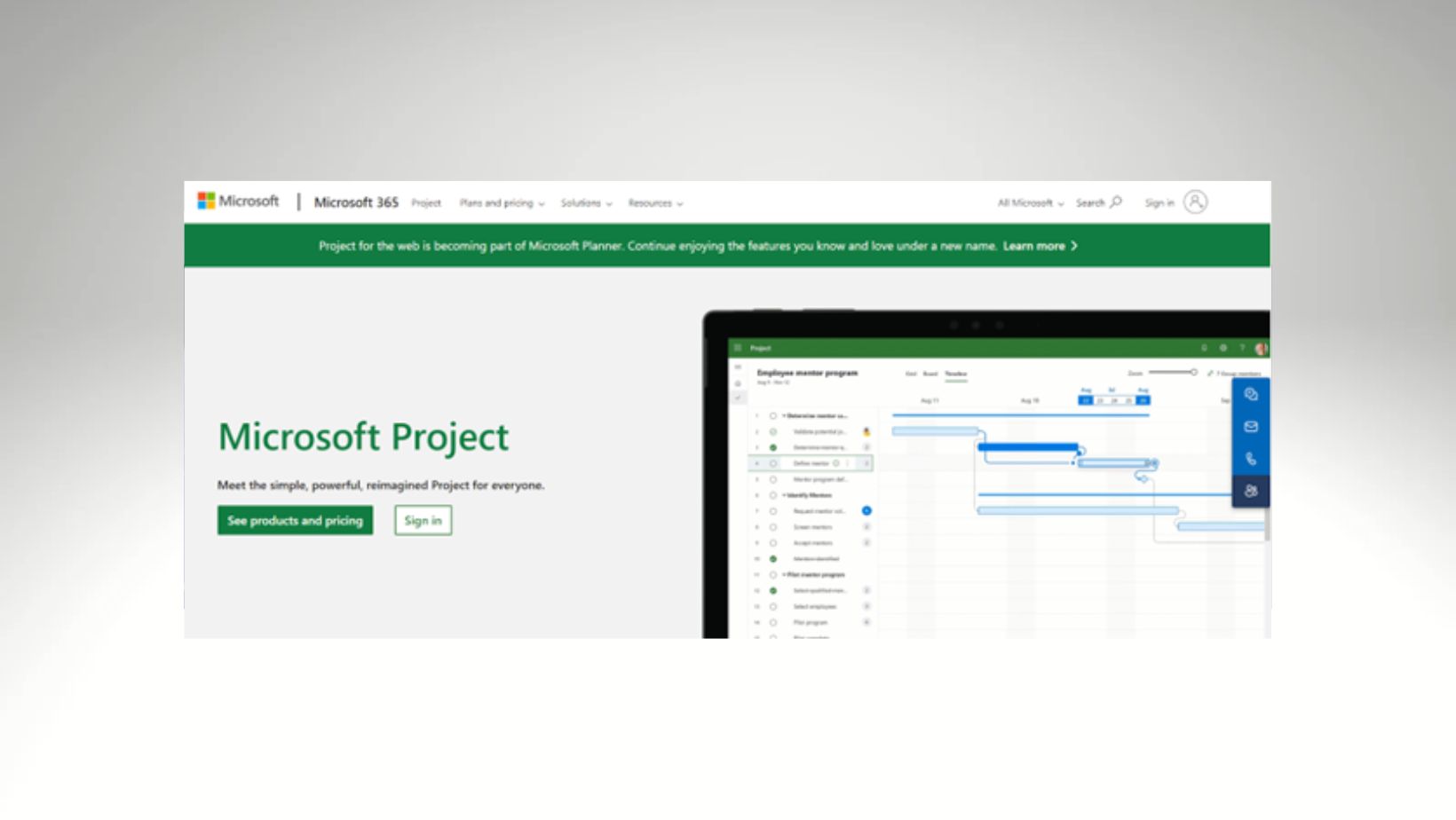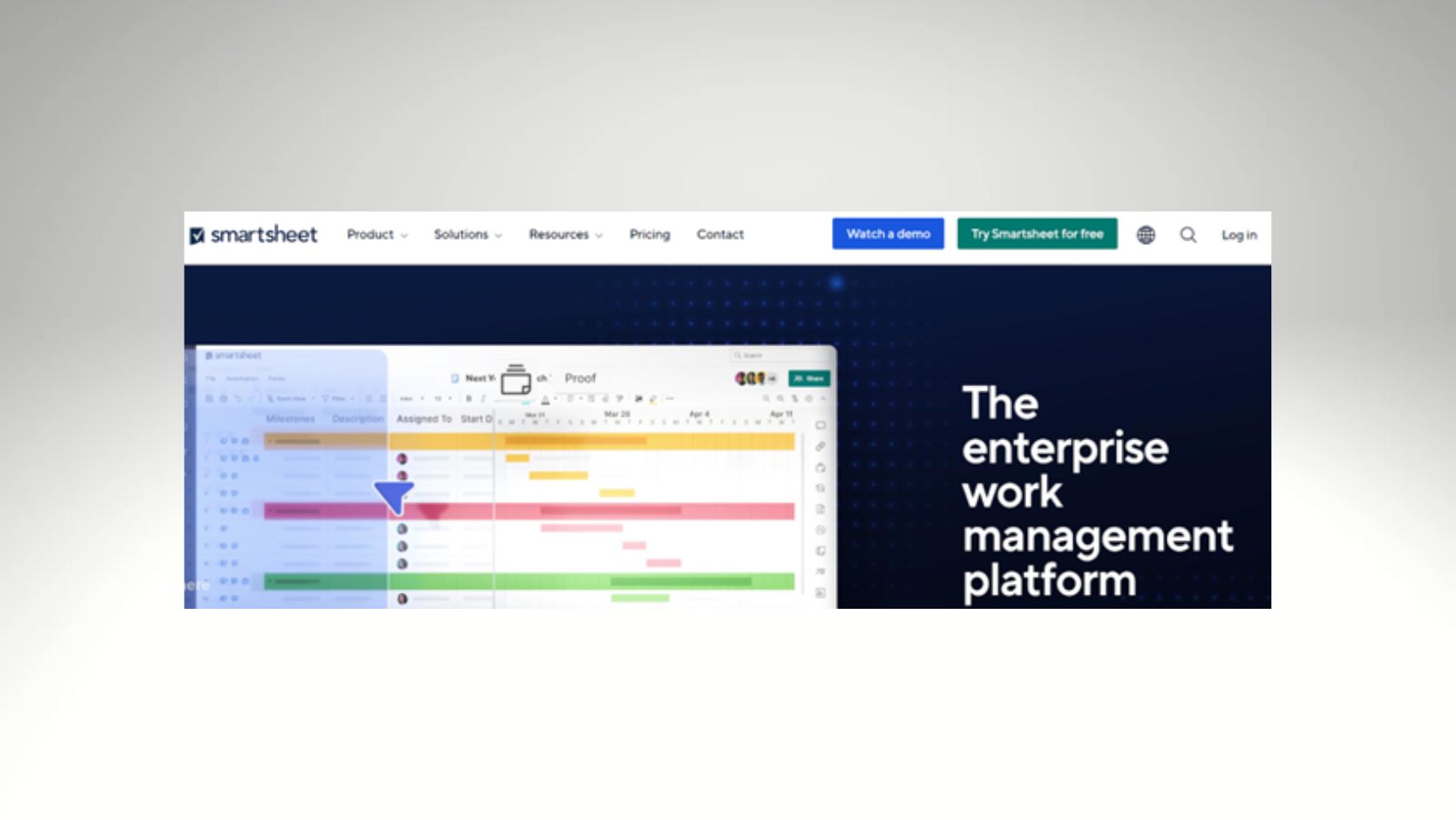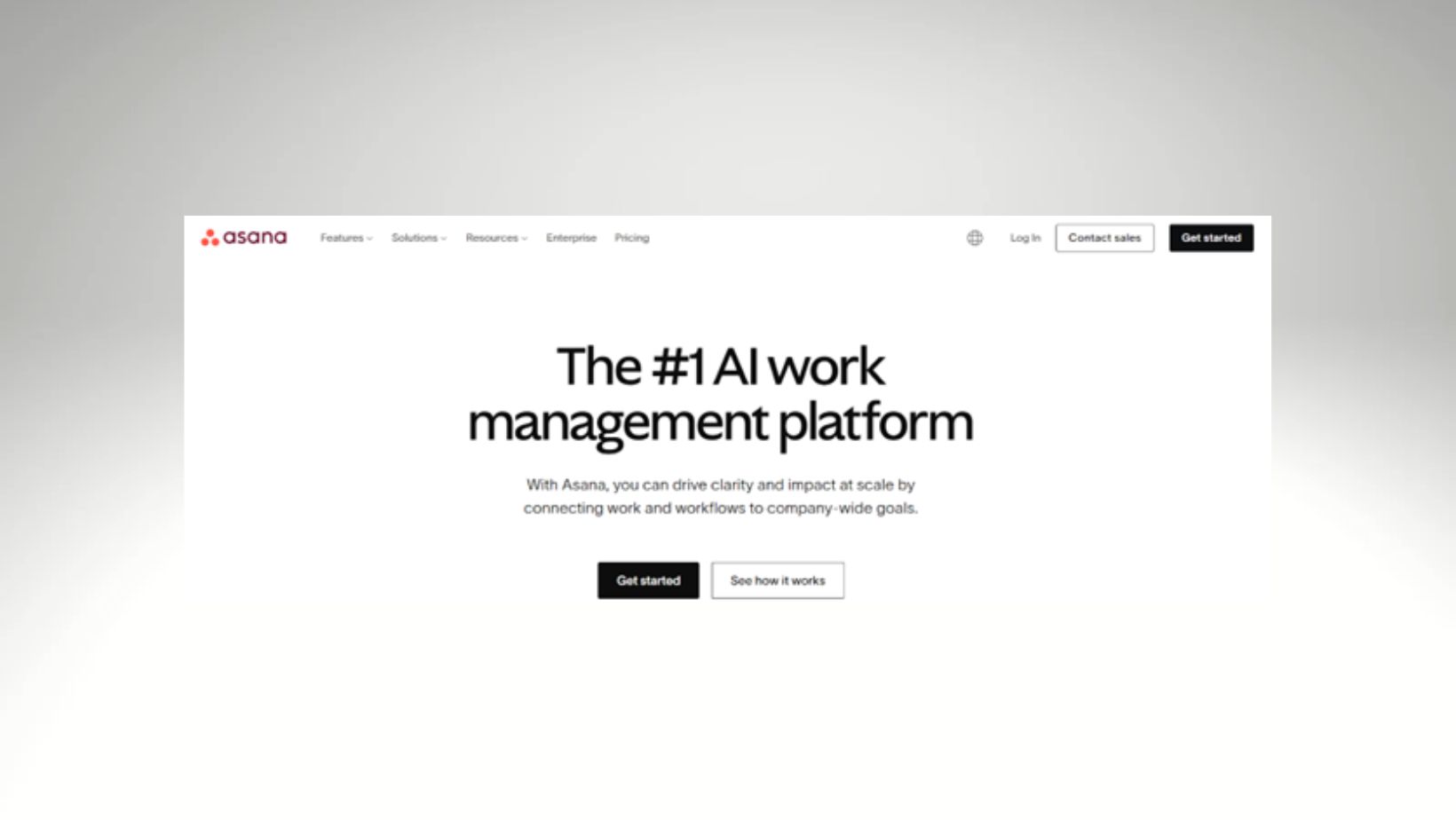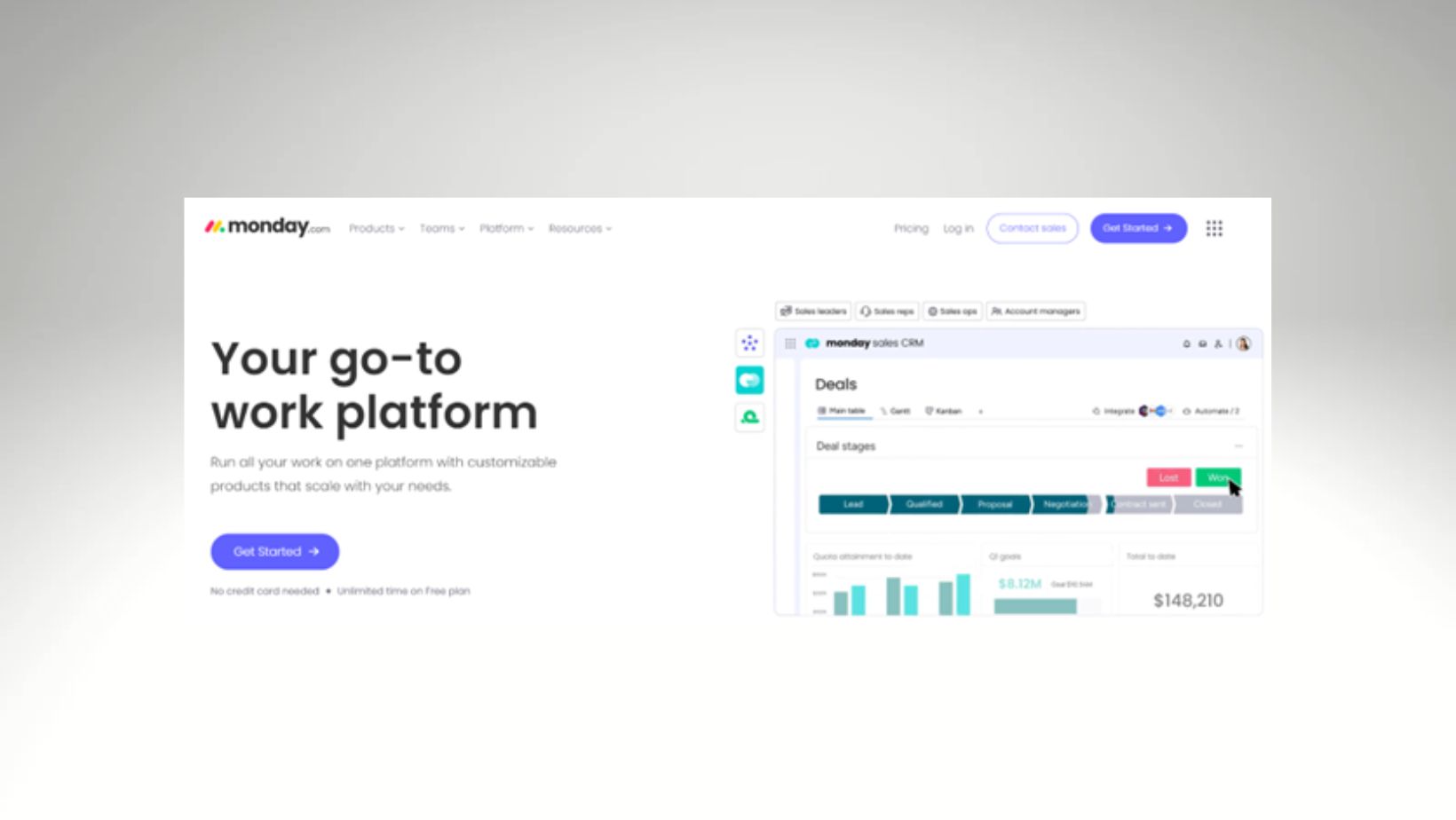Effective resource planning ensures that the right resources are available at the right time, facilitating smooth project execution and timely completion.
Resource planning encompasses several key components, each critical for optimizing the use of resources.
Resource Planning – What Does It Mean
Resource planning involves identifying, allocating, and managing the resources required to complete a project.
These resources include personnel, equipment, materials, and finances. The primary goal of resource planning is to ensure that resources are used efficiently and effectively to achieve project objectives.
In project management, resource planning plays a pivotal role by aligning resources with project goals. It helps in setting realistic timelines, managing budgets, and ensuring that the project team has the necessary tools and support to execute their tasks.
Proper resource planning can mitigate risks, improve team productivity, and enhance overall project performance.
Key Elements of Effective Resource Planning
#1 Identifying Project Requirements
The first step in resource planning is to identify the specific requirements of the project.
This includes understanding the scope of work, defining the tasks and activities involved, and determining the types and quantities of resources needed.
Clear and detailed project requirements are essential for accurate resource planning and allocation.
#2 Allocating Resources Efficiently
Once the project requirements are identified, the next step is to allocate resources efficiently.
This involves assigning the right resources to the right tasks based on their skills, availability, and the project’s priority.
Efficient resource allocation ensures that resources are not overburdened and that each task is completed by the most suitable team members.
#3 Balancing Resource Availability and Project Needs
Balancing resource availability with project needs is crucial to avoid overallocation or underutilization of resources.
Project managers must continuously monitor resource availability and adjust allocations as needed to ensure optimal resource utilization. This balance helps maintain productivity and prevents project delays.
#4 Monitoring and Adjusting Resource Plans
Resource planning is not a one-time activity but an ongoing process. Continuous monitoring of resource usage and project progress is necessary to identify any deviations from the plan.  Project managers should be prepared to adjust resource allocations dynamically to address any emerging issues, changes in project scope, or unexpected challenges.
Project managers should be prepared to adjust resource allocations dynamically to address any emerging issues, changes in project scope, or unexpected challenges.
Regular analysis and adjustments to the resource plan help keep the project on track and ensure that resources are used effectively.
Techniques for Successful Resource Planning
Successful resource planning requires the use of effective techniques to ensure that resources are allocated efficiently and projects are completed on time. Here are some key techniques:
Work Breakdown Structure (WBS)
The Work Breakdown Structure is a hierarchical decomposition of a project into smaller, more manageable components.
By breaking down the project into tasks and subtasks, project managers can allocate resources more accurately and monitor progress more effectively.
WBS helps in identifying all the necessary activities and resources required, providing a clear roadmap for project execution.
Gantt Charts and Scheduling Tools
Gantt charts are visual tools that help project managers plan and schedule tasks over a timeline.
These charts provide a clear overview of project timelines, task dependencies, and resource allocations.
Scheduling tools like Microsoft Project and Smartsheet help create and manage Gantt charts, ensuring that resources are aligned with project timelines and deadlines.
Resource Leveling and Smoothing
Resource leveling is a technique used to address overallocation by adjusting project schedules to ensure that resources are not overburdened.
Resource smoothing, on the other hand, adjusts the schedule within the existing timeline to optimize resource utilization without changing the project end date. Both techniques help in balancing resource availability with project needs.
Critical Path Method (CPM)
The Critical Path Method is a project management technique that identifies the sequence of tasks that determine the project duration.
By analyzing task dependencies and durations, CPM helps in identifying the critical path—the longest sequence of tasks that must be completed on time for the project to finish as scheduled.
This method allows project managers to allocate resources to critical tasks, ensuring that potential delays are minimized.
Tools and Software for Resource Planning
Leveraging advanced tools and software can significantly enhance the accuracy and efficiency of resource planning. Some top resource planning tools:
Microsoft Project
Microsoft Project is a comprehensive project management tool that offers robust features for resource planning, scheduling, and tracking.
It provides Gantt charts, task lists, and resource management capabilities, allowing project managers to plan and allocate resources effectively. The tool integrates seamlessly with other Microsoft products, enhancing collaboration and data sharing.
Smartsheet
Smartsheet is a versatile work management platform that combines project management, collaboration, and resource planning features. 
It provides Gantt charts, resource views, and automation capabilities, enabling project managers to allocate resources, track progress, and automate repetitive tasks. Smartsheet’s intuitive interface and customization options make it suitable for projects of all sizes.
Asana
Asana is a popular project management and collaboration tool known for its user-friendly interface and flexibility. It offers features such as task assignments, timeline views, and workload management, helping teams allocate resources efficiently and track project progress.

Asana’s integration capabilities with various third-party apps make it a versatile choice for resource planning.
Monday.com
Monday.com is a work operating system that offers powerful project management and resource planning features.

It provides visual project tracking, workload views, and automation tools, enabling teams to manage resources and timelines efficiently.
Monday.com’s customizable dashboards and integration options make it a popular choice for dynamic project environments.
Challenges in Resource Planning and How to Overcome Them
Resource planning can present several challenges, but with the right strategies, these can be effectively managed.
Common Issues in Resource Planning
One common issue is resource overallocation, where resources are assigned to multiple tasks simultaneously, leading to burnout and reduced productivity.
Another challenge is resource scarcity, where there are insufficient resources to meet project demands, causing delays and potential project failure.
Unexpected changes in project scope or priorities can disrupt resource allocation, leading to inefficiencies and conflicts.
Strategies to Address and Mitigate These Challenges
To overcome overallocation, project managers can use resource leveling techniques to adjust schedules and distribute workload more evenly. Resource scarcity can be addressed by prioritizing projects based on strategic importance and reallocating resources from lower-priority tasks.
For unexpected changes, maintaining flexibility in resource plans and having contingency strategies in place can help manage disruptions effectively. Regular communication with stakeholders and continuous monitoring of resource usage are also essential to anticipate and mitigate potential issues.
Finest Practices for Optimizing Resource Planning
Implementing best practices can significantly enhance the effectiveness of resource planning processes. Some tips for optimizing resource planning:
Tips for Improving Resource Planning Processes
Start by conducting a thorough assessment of your resource capacity and project demands.
Use project management tools to gain visibility into resource availability and allocation. Implement a clear prioritization framework to ensure that critical projects receive the necessary resources.
 Regularly analysis and adjust resource plans to align with changing project requirements and business goals.
Regularly analysis and adjust resource plans to align with changing project requirements and business goals.
Ensuring Continuous Improvement and Adaptability
Effective resource planning is not a one-time activity but an ongoing process. Encourage a culture of continuous improvement by regularly evaluating resource planning performance and seeking feedback from team members.
Invest in training and development to enhance the skills of your project managers and resource planners. Embrace technology and automation to streamline resource management and improve accuracy.
Remain adaptable by being open to new methodologies and tools that can enhance your resource planning strategies.
Mastering resource planning is crucial for optimizing project success and ensuring that resources are used efficiently and effectively. Implementing best practices and utilizing advanced tools can enhance project managers’ planning processes, mitigate challenges, and drive successful project outcomes.



